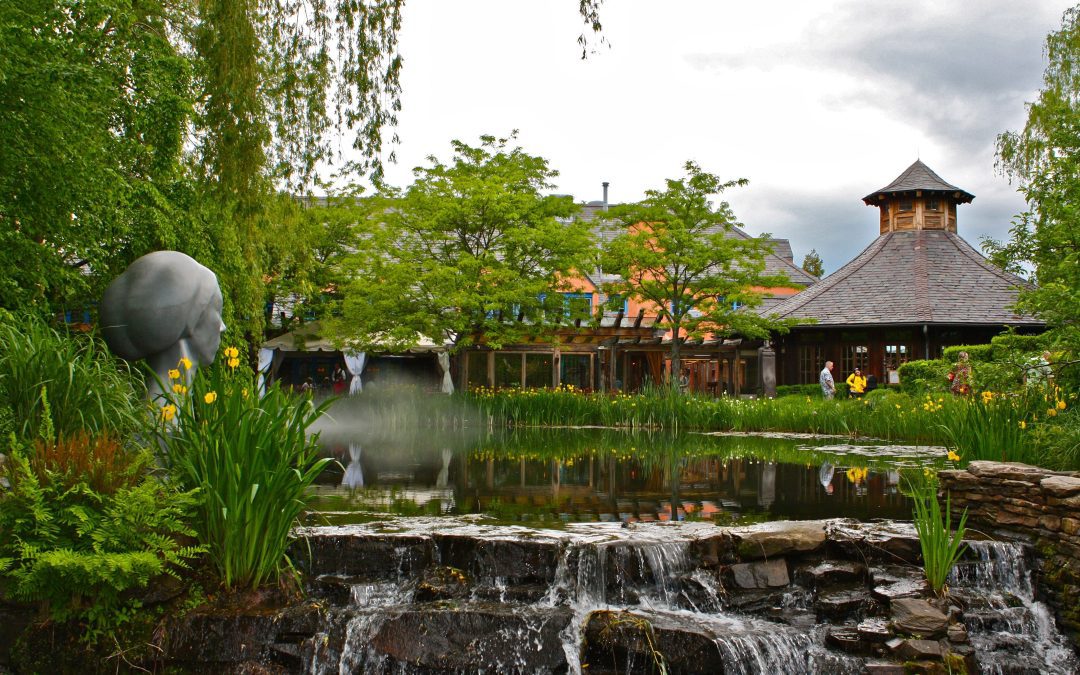In a world that is becoming increasingly environmentally conscious, sustainable practices go hand in hand with creating a beautiful landscape. One area where we can make a significant impact is in conserving water. By incorporating water-saving techniques into our outdoor spaces, we can reduce our environmental footprint and create a stunning, vibrant landscape that thrives while using minimal water.
Read more to learn practical tips and innovative ideas for designing a water-saving, aesthetically-pleasing, and environmentally responsible landscape.
Choose Native and Drought-Tolerant Plants
One of the critical steps to designing a water-saving landscape is selecting plants native to your region and well-adapted to local climate conditions. Native plants have evolved to thrive in the local environment and are naturally more resilient to drought.
Incorporate a variety of drought-tolerant plants such as succulents, ornamental grasses, and Mediterranean species. These plants require less water, reduce the need for irrigation, and can add visual interest to your landscape with their unique textures and colors.
Efficient Irrigation Systems
Installing an efficient irrigation system is crucial for water conservation in your landscape. Drip irrigation systems deliver water directly to the root zone of plants, minimizing water waste through evaporation or runoff. This method conserves water and promotes healthier plant growth by providing a consistent water supply.
Consider using smart irrigation controllers that adjust watering schedules based on weather conditions, soil moisture levels, and plant water needs. Another water-saving technique is zoning your landscape based on plant water requirements and grouping plants with similar watering needs.
Mulching and Soil Health
Applying a layer of mulch around plants helps retain soil moisture by reducing evaporation and suppressing weed growth. Organic mulches like wood chips or compost also improve soil health, enhancing water infiltration and retention. Amend your soil with organic matter to increase its water-holding capacity and enhance plant growth. Well-nourished plants with healthy root systems are more resilient to drought conditions.
In addition to its water conservation benefits, mulching acts as a protective layer, shielding plant roots from extreme temperatures and reducing soil erosion. By creating a favorable microclimate, mulch encourages beneficial soil organisms, such as earthworms, which further contribute to soil health and nutrient cycling.
Efficient Landscape Design
Thoughtful landscape design can optimize water usage. Grouping plants with similar water needs together reduces water waste by effectively targeting irrigation. Create shade and windbreaks with trees and shrubs to minimize water evaporation from the soil surface. Incorporate hardscape elements such as pathways, patios, or decorative rocks to reduce the area requiring irrigation. Strategic placement of plants and hardscape elements can also create microclimates that retain moisture and protect more water-sensitive plants.
Rainwater Harvesting and Recycling
Take advantage of rainfall by implementing rainwater harvesting systems. Install rain barrels or cisterns to collect rainwater from rooftops for watering plants. Greywater recycling systems can also be employed to repurpose water from household activities such as laundry or dishwashing for irrigation purposes. These systems reduce reliance on freshwater sources, minimize water waste, and promote sustainability.
Transform your outdoor space into a stunning oasis of beauty and sustainability with our expert landscaping services in Sarasota. Sarasota Landscaping Inc. specializes in creating landscapes that captivate the eye and prioritize water conservation. Experience the joy of a vibrant and eco-friendly outdoor environment. Contact us today for a consultation, and we will bring your dream landscape to life!

